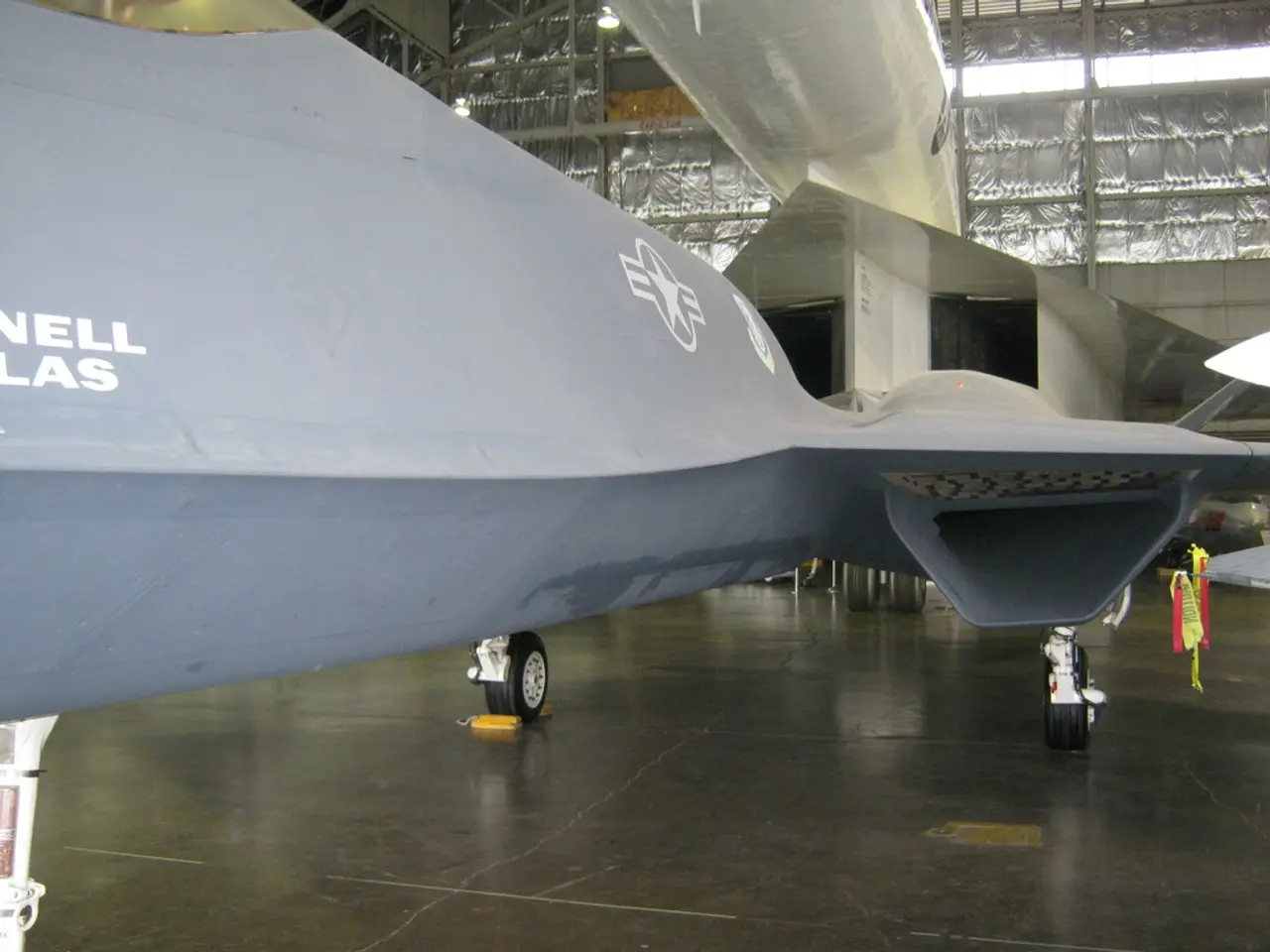Airlines are seeking a share in revenue from each purchase individuals make, aiming to expand their revenue streams beyond ticket sales.
In the competitive landscape of the U.S. airline industry, loyalty programs have emerged as a significant factor in attracting and retaining customers. These programs, largely fueled by credit card spending, particularly in the United States, provide a competitive edge for major airlines over smaller or low-fare competitors.
The global value of these frequent-flyer programs is staggering, estimated to be in the hundreds of billions of dollars. During the pandemic, American, United, and Delta used their loyalty programs as collateral to secure billions of dollars in loans.
One notable example is Delta Air Lines, which generated about $186 billion from Delta-branded credit cards last year. The cash sales of loyalty points to American Express amounted to $7.4 billion in 2024.
Major U.S. airlines, such as American Airlines and Delta, often collaborate with financial institutions like Chase, Citi, and American Express to issue credit cards linked to loyalty programs. These partnerships offer financial benefits to both parties. United, for instance, plans to offer customers media content, experiences, and various products and services from other brands.
The emotional bias created by these programs is not lost on the airlines. Delta's senior vice president of loyalty, Dwight James, refers to this as an "emotional bias." Delta has established partnerships with brands like Starbucks and Uber, allowing customers to earn points by buying lattes and booking rides.
IAG, which owns British Airways, Iberia, and other European airlines, has taken this a step further by creating a stand-alone business for its loyalty program, Avios. Two airlines that IAG does not own, Finnair and Loganair, have signed up to use Avios.
The appeal of status and perks has made air travel less of a commodity business for the biggest airlines. In fact, the loyalty programs of American Airlines, Delta Air Lines, and United Airlines generate billions of dollars annually.
These programs are supported by millions of people who use airline credit cards and earn airline points for spending. Banks recoup the money spent on buying points from the airlines by charging interest and fees to card users and from fees paid by retailers, restaurants, and other merchants.
Even during economic downturns, these programs prove indispensable. During the recession in 2008 and 2009, United's overall revenue dropped 19%, but its loyalty revenue fell only 2%.
Looking forward, executives like Luc Bondar, the executive of United's MileagePlus program, envision doing a lot more with these programs to create resilience for the airlines and relevance for the customers. According to a 2023 report, the programs are worth about $28 billion (Delta), $24 billion (American), $22 billion (United), and $9 billion (Southwest Airlines).
In conclusion, loyalty programs have become an integral part of the U.S. airline industry, offering a competitive edge, generating significant revenue, and creating a sense of loyalty among customers. These programs are set to play a crucial role in shaping the future of the industry.







